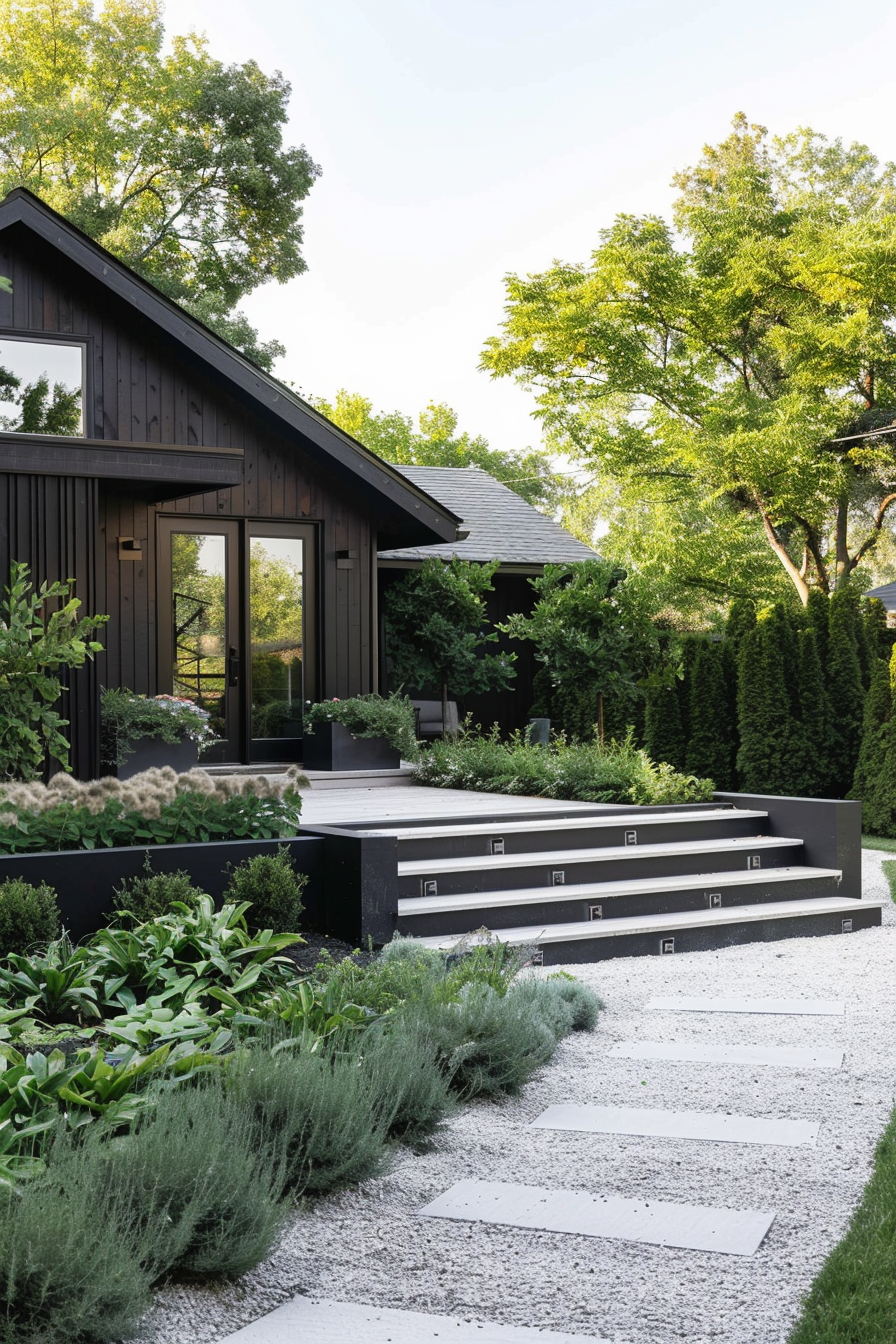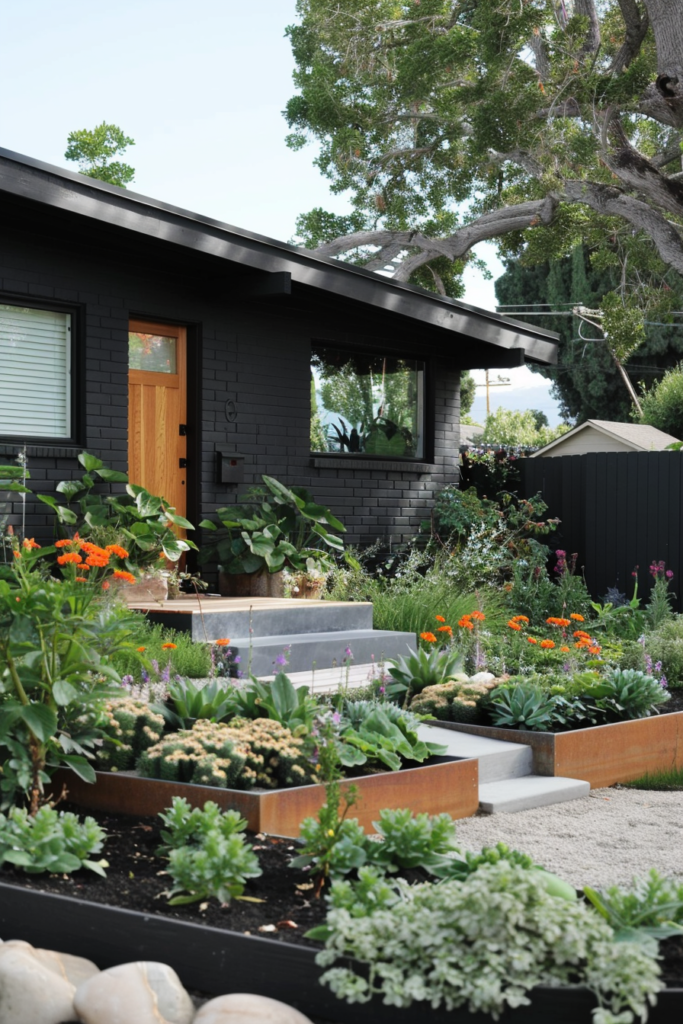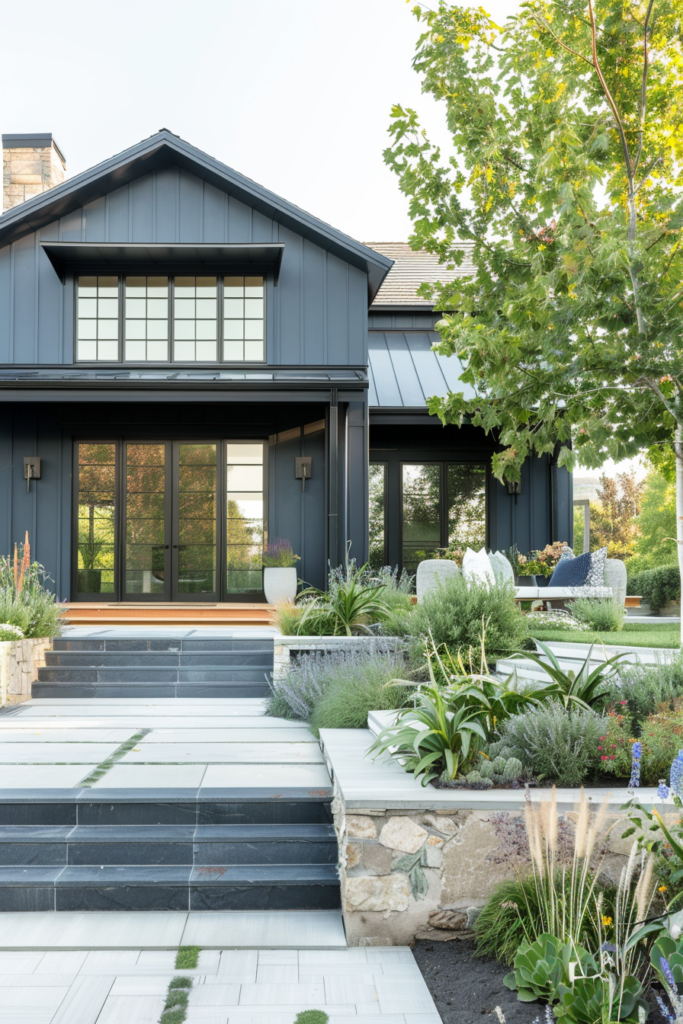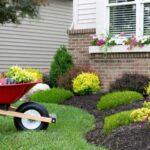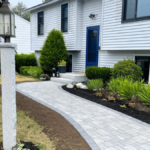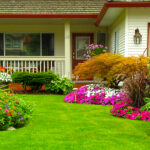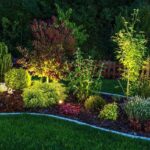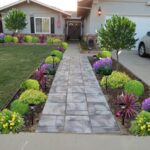Landscaping curb appeal is an essential element in creating a welcoming and inviting exterior for your home. A well-maintained and thoughtfully designed landscape not only enhances the visual appeal of your property but also adds value to your home. Investing in landscaping can greatly improve the overall first impression of your home, making it more attractive to potential buyers and guests alike.
One key aspect of landscaping curb appeal is maintaining a tidy and manicured lawn. Regularly mowing, edging, and weeding your lawn can instantly improve the overall appearance of your property. Additionally, adding fresh mulch and colorful flowers to flower beds can inject a pop of color and vibrancy to your landscape, making it more inviting and eye-catching.
Another important element of landscaping curb appeal is creating a well-defined and appealing front entrance. A well-maintained pathway leading to the front door, flanked by neatly trimmed bushes or flowers, can create a visually appealing focal point for your home. Consider adding potted plants or hanging baskets to the entrance area to add a touch of charm and character.
Incorporating hardscape elements such as stone walkways, decorative walls, or a stylish fence can also enhance the overall visual appeal of your landscaping. These elements can add structure, texture, and interest to your outdoor space, creating a cohesive and visually pleasing design.
Properly lighting your landscape can also contribute to enhancing curb appeal. Outdoor lighting can highlight key features of your landscaping, create a warm and welcoming ambiance, and improve safety and security around your property. Consider installing path lights, spotlights, or lanterns to illuminate key areas of your landscape.
Finally, incorporating native plants and trees into your landscaping can help create a low-maintenance but visually appealing outdoor space. Native plants are well-suited to the local climate and soil conditions, requiring less water, fertilizer, and maintenance compared to non-native species. Additionally, native plants can attract local wildlife and help support the local ecosystem, contributing to a more sustainable and environmentally-friendly landscape.
